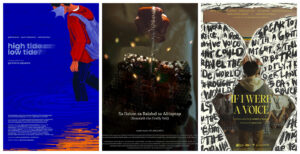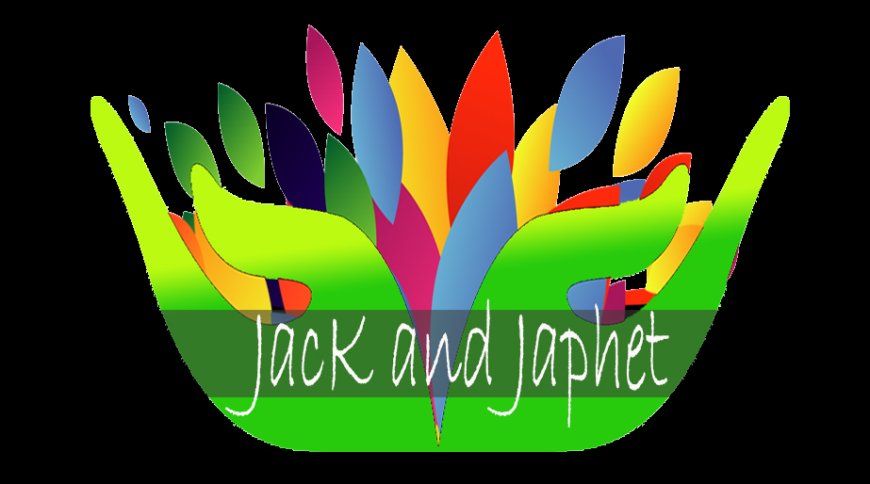Stories of angst, voices of hope
NINE FILMS that reflect youth’s creativity in tackling issues both personal and political were shown at this year’s Sine Kabataan Short Film Festival.

FDCP presents Sine Kabataan
NINE FILMS that reflect youth’s creativity in tackling issues both personal and political were shown at this year’s Sine Kabataan Short Film Festival.
In celebration of Philippine Film Industry Month, the selection of films was screened from Sept. 20 to 22 at the Red Carpet cinemas of Shangri-La Plaza.
While the festival is over, the Sine Kabataan shorts will screen at a later date on FDCP’s all-Filipino streaming platform Juanflix.
“Besides all the enjoyment we get escaping from our real-life problems inside the dark movie theater, we put importance on Philippine cinema because of how it shapes our lives and our culture. This includes works by student filmmakers and young filmmakers, who represent the voices of the future,” said Jose Javier Reyes, chairperson of the Film Development Council of the Philippines (FDCP), at the awarding night of the short films on Sept. 22.
In May of this year, the finalists were selected after FDCP’s extensive deliberation process. They each received a production grant worth P150,000 and underwent an editing lab with industry experts.
The festival’s 7th edition boasts a mix of genres, from drama and coming-of-age stories to horror and animation. They all explore themes of identity, trauma, and aspirations, displaying the youth’s fighting spirit amid the issues of today.
CHILDREN’S PERSPECTIVE
Four of the nine films offered a unique glimpse into the minds of children to shed light on societal ills.
Zeus Batondo’s ARAPAAP, which earned a Special Mention, did this in the form of a small adventure taken on by two 12-year-old boys, Dong and Carlos. Set in the province of Abra, their little project reveals each of their heartwrenching familial motivations behind an escape to the skies.
Meanwhile, Silver Racca’s Kwitis kicks off when its central child protagonist Bonbon is tasked to find out his parents’ dream as an assignment — except his parents are no longer around and he only has his lola Belen to ask. He himself claims that his own dream is to be dead, shocking his entire class.
The sole animated film of the group, My Dog Knows All My Secrets by Vynce Ong, is another endearing childlike view of family. In it, a young girl dealing with living in a new neighborhood and the constant arguing of her parents confides in her best friend, her dog. Its end also briefly shows the perspective of the girl’s mother who gives insight to dysfunction in families.
Last Shift na ni Jaguar! by Josam Dalman is the most unconventional of the child-centered shorts. Marketed as a horror film, its lead is a hospital security guard nicknamed Jaguar, who encounters child ghost Cascas during the night shift. The well-crafted story reveals that instead of the usual ghostly fare, the real horrors are the dire healthcare situation in the country, affecting children like Cascas, and the inhumane labor conditions suffered by workers like Jaguar.
YOUNG ADULTS SPEAK UP
The other five films in the festival selection center on older protagonists, either high-schoolers or young working adults, who speak up about their respective realities.
Sa Dulo ng Linya, a drama short by Gian Arre, follows 28-year-old Erwin who stumbles upon an old tin can telephone he made with his father as a child. In testing the long-forgotten toy, his long-dead father responds, prompting him to open up about his life and seek solace in the unexpected reunion. Tensions later arise as their conversation turns to the unresovled dysfunctional relationship Erwin has with his parents.
Special Jury Prize winner Ang Halikan sa Water Fountain by Clyde Gamale starts off as a carefree look into a night of drinking by a male high-school barkada. Two boys in the group, Maki and Kaloy, share small moments of affection, often passed off as playful jests amid the macho environment, making it a subtle portrayal of the exploration of sexual identity.
Denbert Tiamson’s If I Were A Voice is more straightforward in this regard. It follows Ralph, a gay student leader being discriminated against for his homosexuality, all while a male teacher goes unpunished for inappropriate behavior towards female students. Ralph and his class decide to speak up about these injustices through a speech choir performance, in a scene that deservedly earns the film a Best Editing award.
High Tide or Low Tide by Gio Alpuente is another film with a gay protagonist, this time struggling to cope in a small, homophobic coastal barangay in Mauban, Quezon. The closeted high school student grapples with poor mental health as he navigates the complexities of his sexuality, a story that took the award for Best Screenplay.
Finally, Best Cinematography, Best Director, and Best Film winner Sa Ilalum sa Balabal sa Alitaptap (Beneath The Firefly Veil) takes viewers to another remote community, this time in Maragusan, Davao de Oro. There, young adult Joy (played by the film’s director Juvy Ann Clarito) lives with her grandfather on their ancestral land that is under threat of land grabbing. She turns to sacred rituals to drive away any further abuse to their land.
FDCP chairperson Mr. Reyes said that all the films convey a “sense of angst” that the Filipino youth feel about their society, but also “a remarkable strength” that can give people hope.
A subscription to FDCP’s all-Filipino streaming platform Juanflix costs P99 a month. — Brontë H. Lacsamana
















